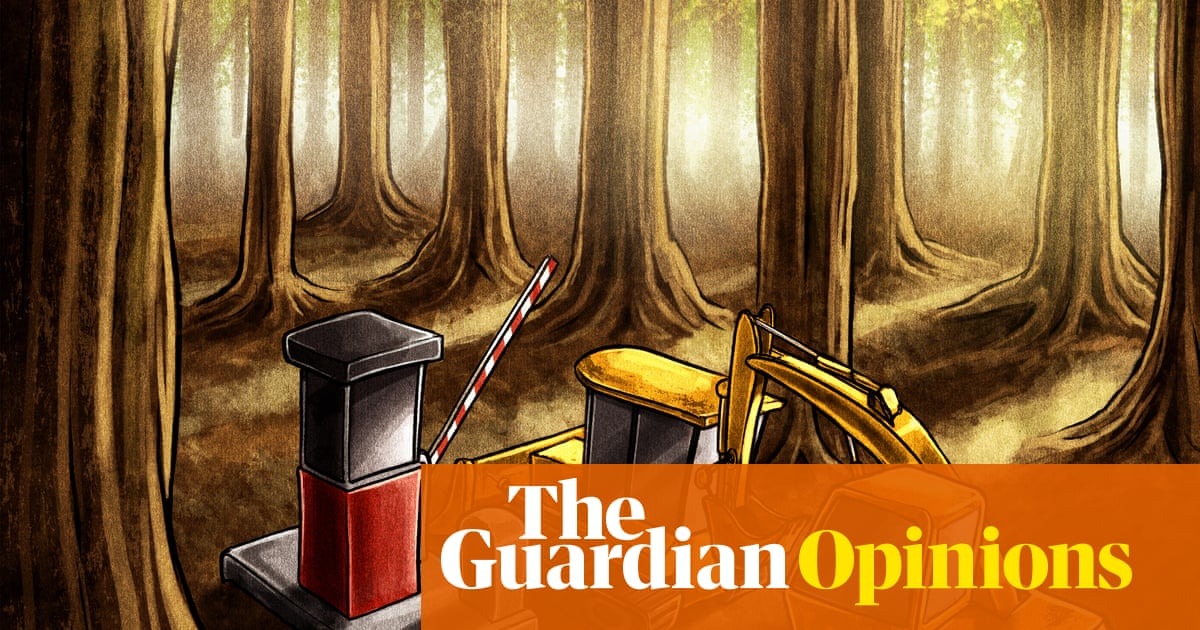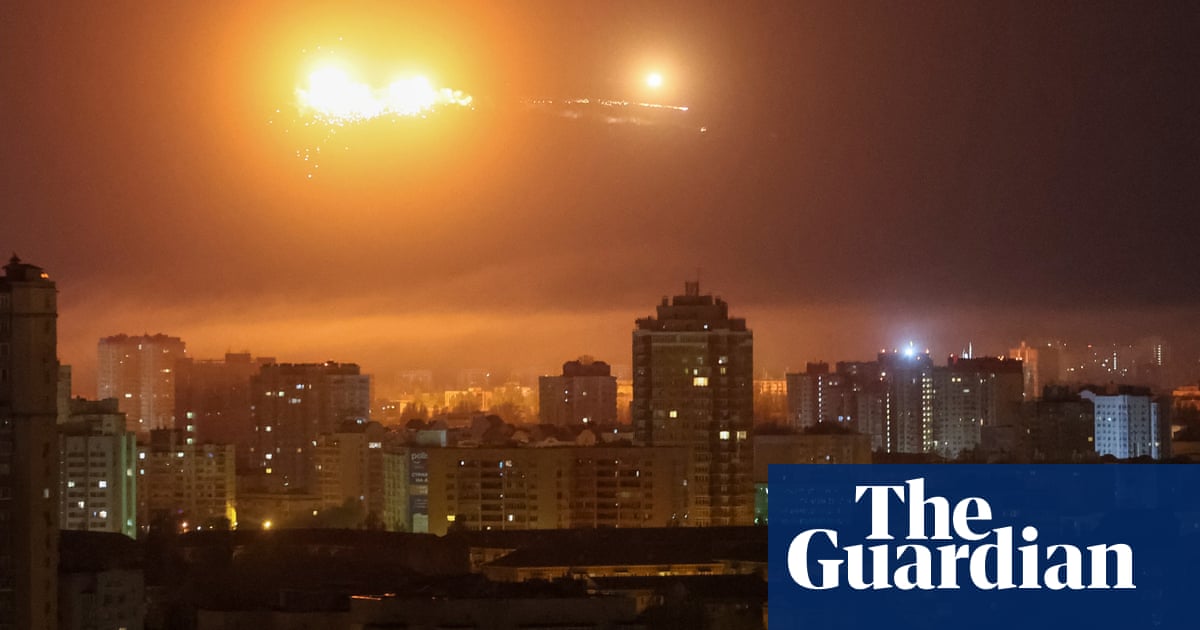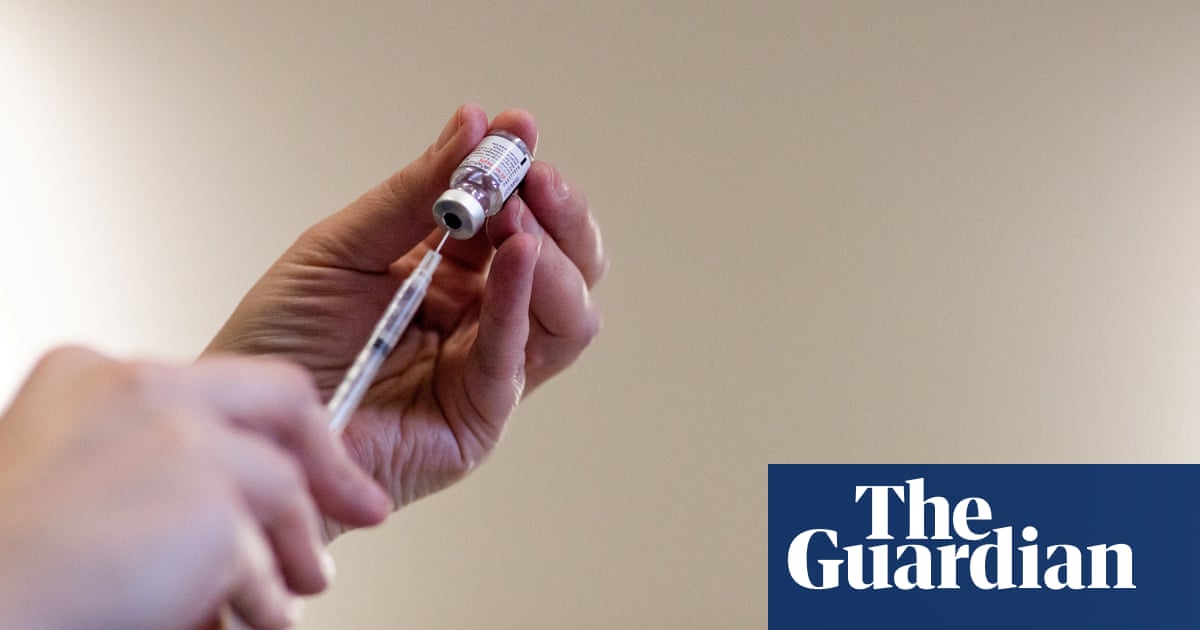Poaching busts are familiar territory for the officers of Kenya Wildlife Service (KWS), an armed force tasked with protecting the country’s iconic creatures. But what awaited guards when they descended in early April on a guesthouse in the west of the country was both larger and smaller in scale than the smuggling operations they typically encounter. There were more than 5,000 smuggled animals, caged in their own enclosures. Each one, however, was about the size of a little fingernail: 18-25mm.

The cargo, which two Belgian teenagers had apparently intended to ship to exotic pet markets in Europe and Asia, was ants. Their enclosures were a mixture of test tubes and syringes containing cotton wool – environments that authorities say would keep the insects alive for weeks.
“We did not come here to break any laws. By accident and stupidity we did,” says Lornoy David, one of the Belgian smugglers.
David and Seppe Lodewijckx, both 19 years old, pleaded guilty after being charged last week with wildlife piracy, alongside two other men in a separate case who were caught smuggling 400 ants. The cases have shed new light on booming global ant trade – and what authorities say is a growing trend of trafficking “less conspicuous” creatures.
These crimes represent “a shift in trafficking trends – from iconic large mammals to lesser-known yet ecologically critical species”, says a KWS statement.
The unusual case has also trained a spotlight on the niche world of ant-keeping and collecting – a hobby that has boomed over the past decade. The seized species include Messor cephalotes, a large red harvester ant native to east Africa. Queens of the species grow to about 20-24mm long, and the ant sales website Ants R Us describes them as “many people’s dream species”, selling them for £99 per colony. The ants are prized by collectors for their unique behaviours and complex colony-building skills, “traits that make them popular in exotic pet circles, where they are kept in specialised habitats known as formicariums”, KWS says.

One online ant vendor, who asked not to be named, says the market is thriving, and there has been a growth in ant-keeping shows, where enthusiasts meet to compare housing and species details. “Sales volumes have grown almost every year. There are more ant vendors than before, and prices have become more competitive,” he says. “In today’s world, where most people live fast-paced, tech-driven lives, many are disconnected from themselves and their environment. Watching ants in a formicarium can be surprisingly therapeutic,” he says.
David and Lodewijckx will remain in custody until the court considers a pre-sentencing report on 23 April. The ant seller says theirs is a “landmark case in the field”. “People travelling to other countries specifically to collect ants and then returning with them is virtually unheard of,” he says.

Scientists have raised concerns that the burgeoning trade in exotic ants could pose a significant biodiversity risk. “Ants are traded as pets across the globe, but if introduced outside of their native ranges they could become invasive with dire environmental and economic consequences,” researchers conclude in a 2023 paper tracking the ant trade across China. “The most sought-after ants have higher invasive potential,” they write.
Removing ants from their ecosystems could also be damaging. Illegal exportation “not only undermines Kenya’s sovereign rights over its biodiversity but also deprives local communities and research institutions of potential ecological and economic benefits”, says KWS. Dino Martins, an entomologist and evolutionary biologist in Kenya, says harvester ants are among the most important insects on the African savannah, and any trade in them is bound to have negative consequences for the ecology of the grasslands.

“Harvester ants are seed collectors, and they gather [the seeds] as food for themselves, storing these in their nests. A single large harvester ant colony can collect several kilos of seeds of various grasses a year. In the process of collecting grass seeds, the ants ‘drop’ a number … dispersing them through the grasslands,” says Martins.
The insects also serve as food for various other species including aardvarks, pangolins and aardwolves.
Martins says he is surprised to see that smugglers feeding the global “pet” trade are training their sights on Kenya, since “ants are among the most common and widespread of insects”.
“Insect trade can actually be done more sustainably, through controlled rearing of the insects. This can support livelihoods in rural communities such as the Kipepeo Project which rears butterflies in Kenya,” he says. Locally, the main threats to ants come not from the illegal trade but poisoning from pesticides, habitat destruction and invasive species, says Martins.
Philip Muruthi, a vice-president for conservation at the African Wildlife Foundation in Nairobi, says ants enrich soils, enabling germination and providing food for other species.
“When you see a healthy forest … you don’t think about what is making it healthy. It is the relationships all the way from the bacteria to the ants to the bigger things,” he says.

.png) 3 hours ago
4
3 hours ago
4













































